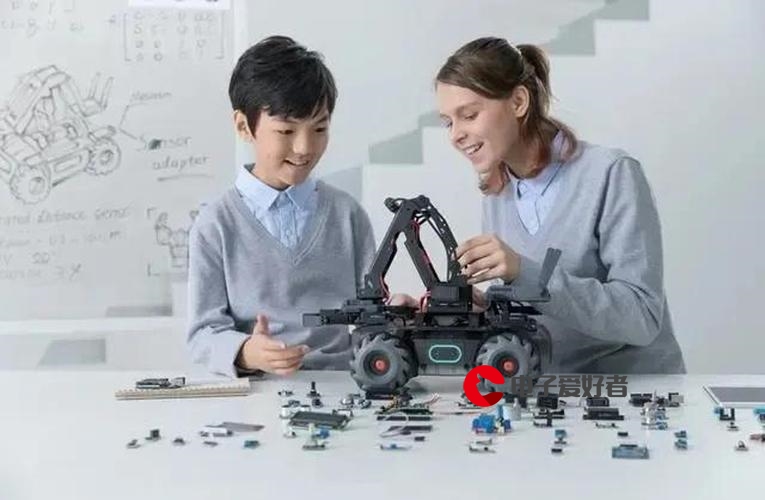 Vue】使用v"/>
Vue】使用v"/>
【Vue】使用v
v-model 可以实现双向绑定的效果,允许父组件控制子组件的显示/隐藏,同时允许子组件自己控制自身的显示/隐藏。以下是如何使用 v-model 实现这个需求:
在父组件中,你可以使用 v-model 来双向绑定一个变量,这个变量用于控制子组件的显示/隐藏:
<template><div><button @click="toggleChild">Toggle Child Component from Parent</button><ChildComponent v-model="showChild" /></div>
</template><script>
import ChildComponent from './ChildComponent.vue';export default {components: {ChildComponent},data() {return {showChild: false};},methods: {toggleChild() {this.showChild = !this.showChild;}}
}
</script>
在子组件中,你需要定义一个名为 value 的 props,以便接收来自父组件的 v-model 绑定:
<template><div><button @click="toggleSelf">Toggle Myself</button><div v-if="value">I'm the Child Component</div></div>
</template><script>
export default {props: {value: Boolean},methods: {toggleSelf() {// 子组件自己控制显示/隐藏状态this.$emit('input', !this.value);}}
}
</script>
在子组件中,通过 this.$emit('input', ...) 来触发 input 事件,这将影响父组件中 v-model 的绑定值。这样,父组件和子组件都可以独立地控制显示/隐藏状态,实现了双向绑定的效果。
更多推荐
【Vue】使用v












发布评论